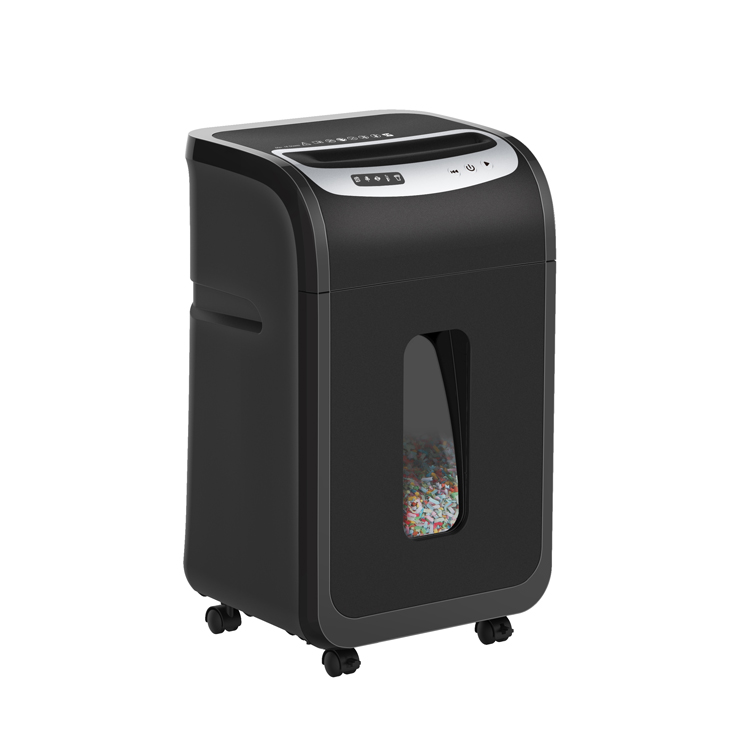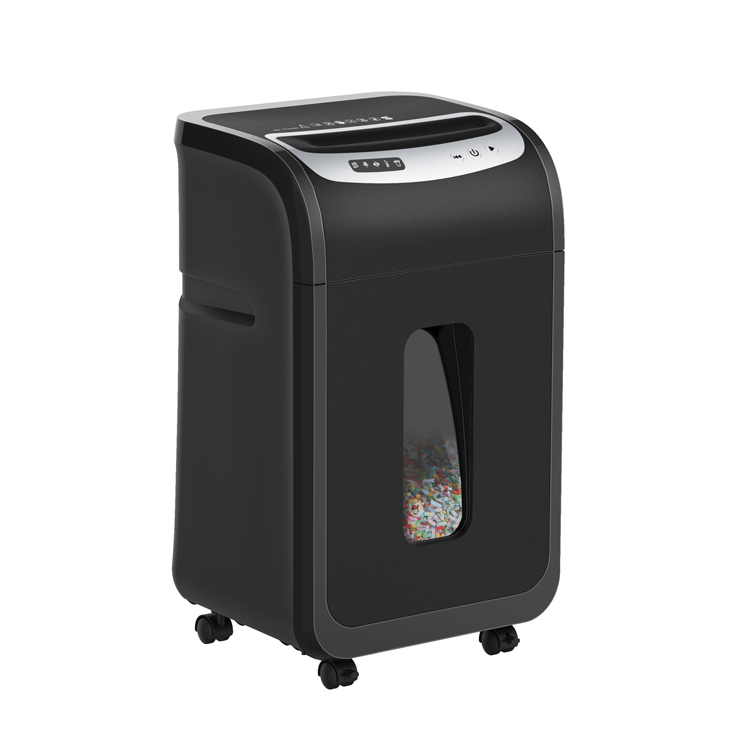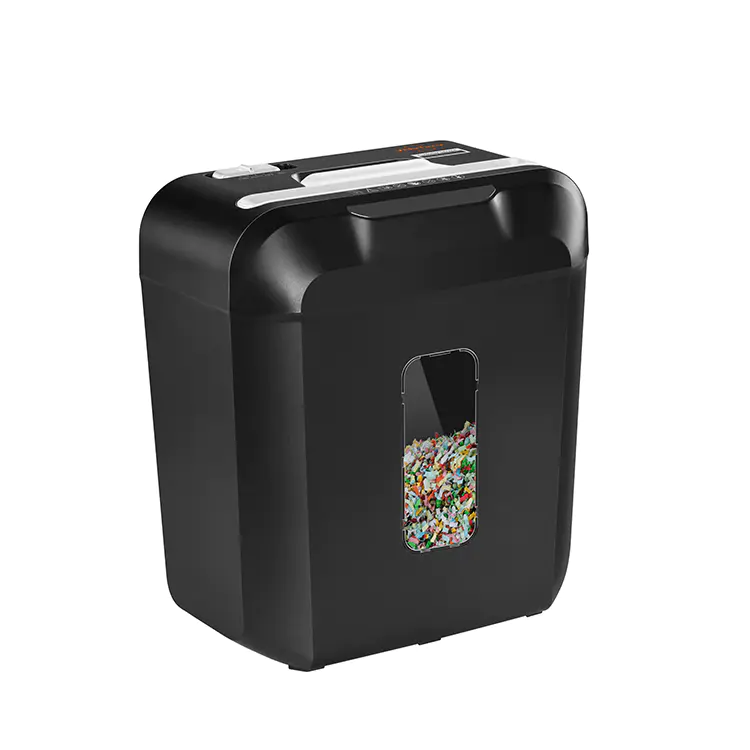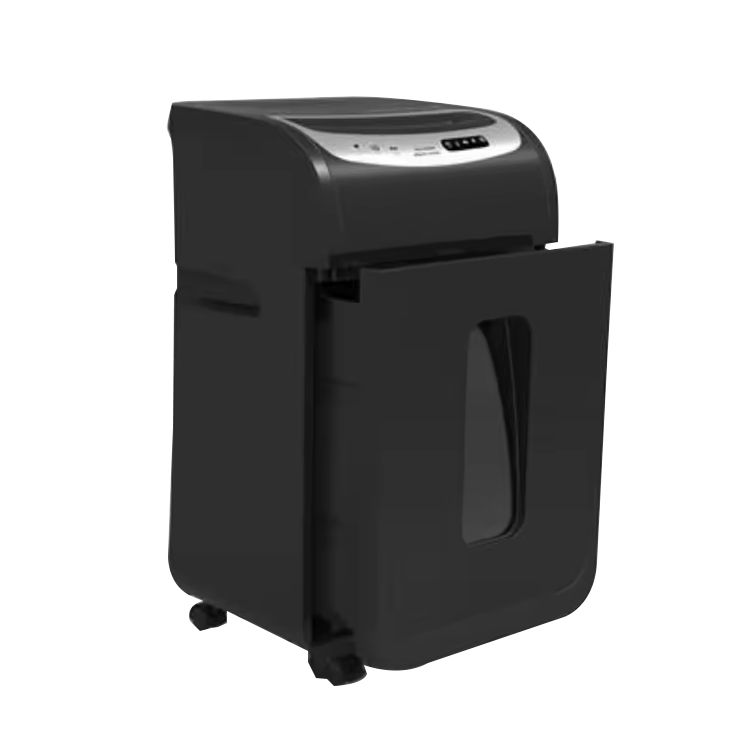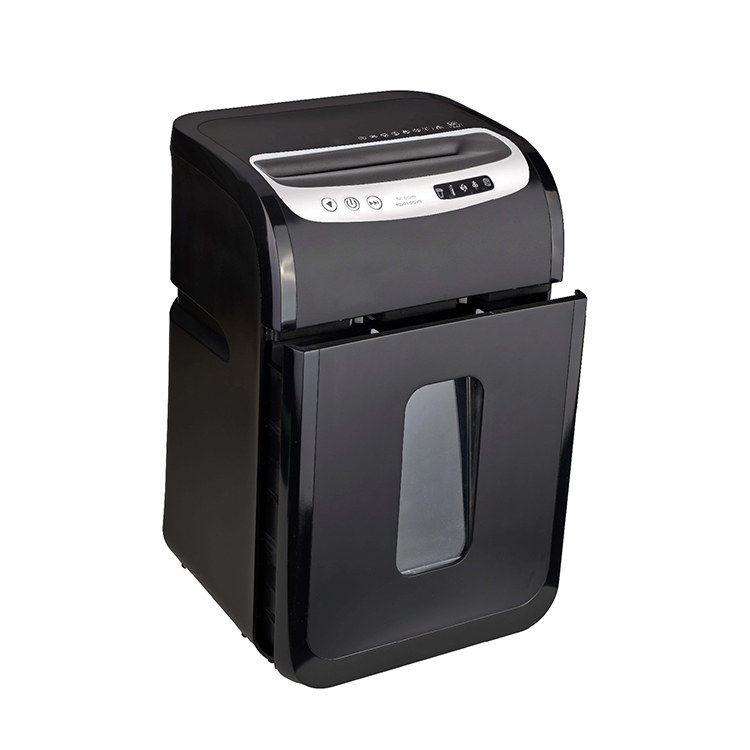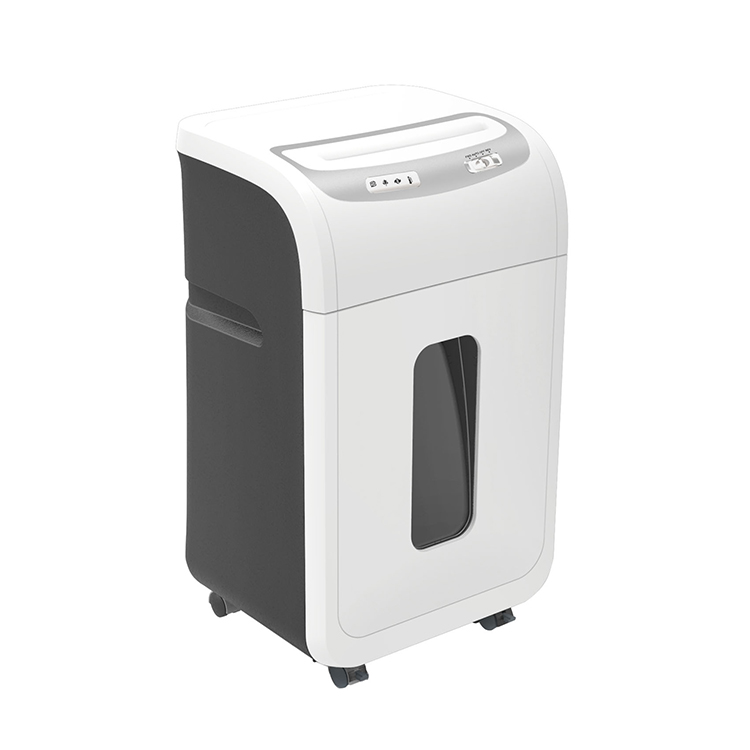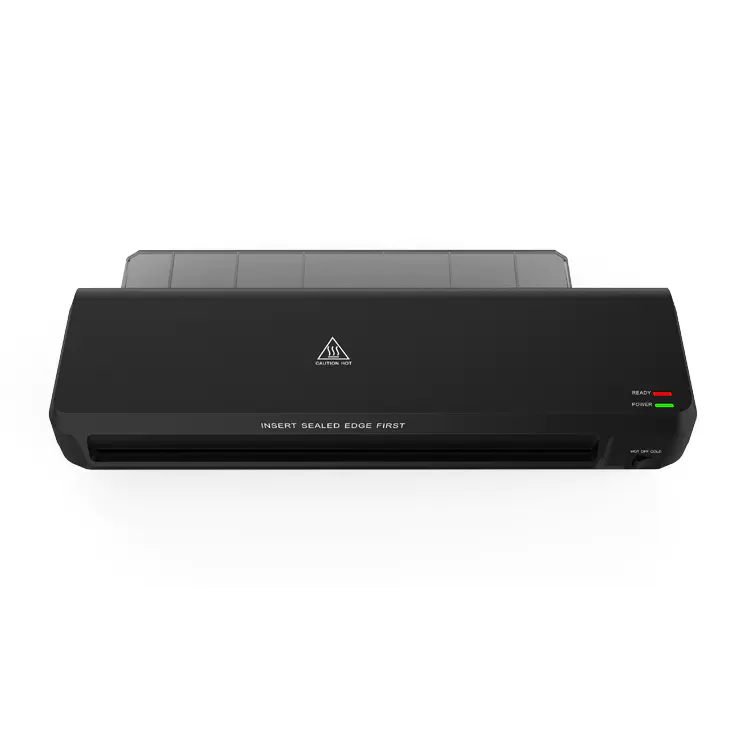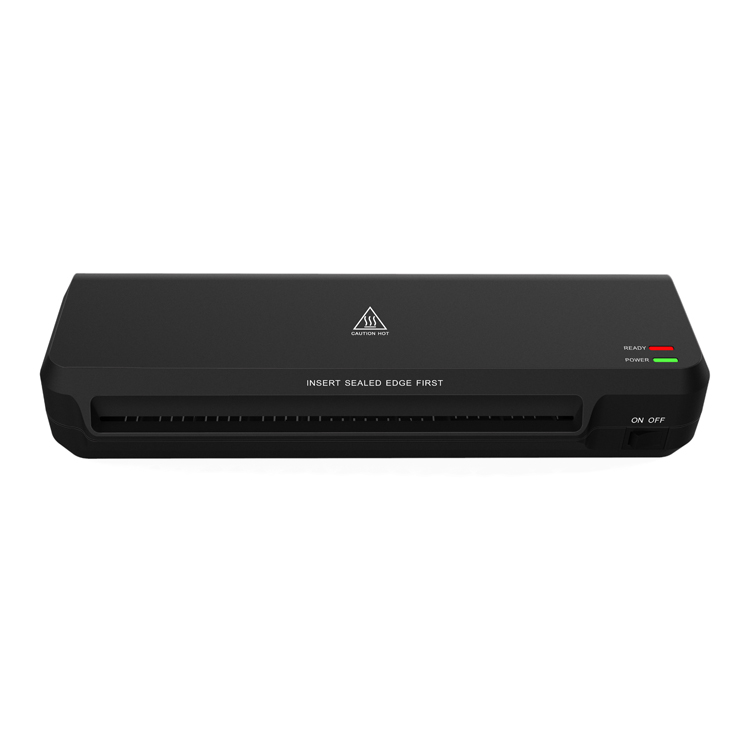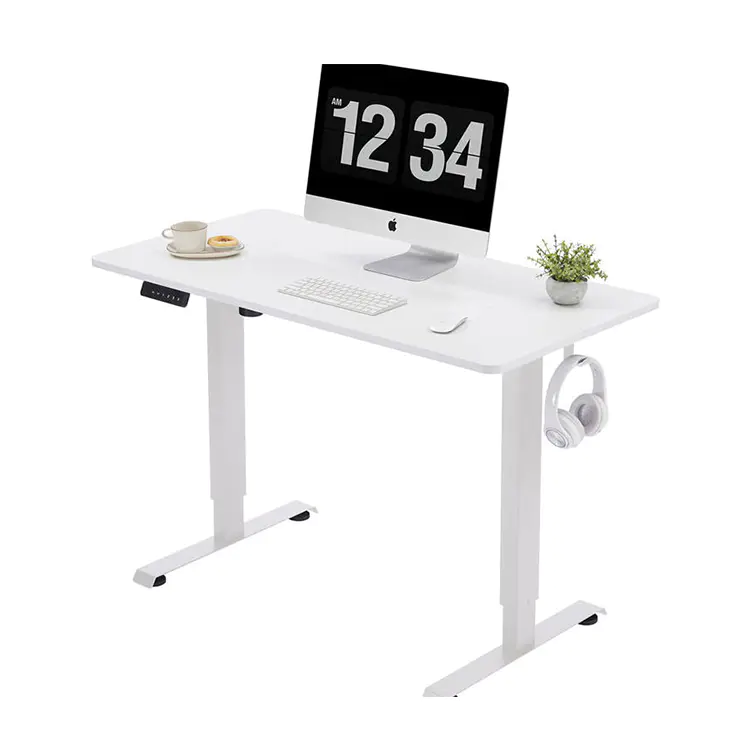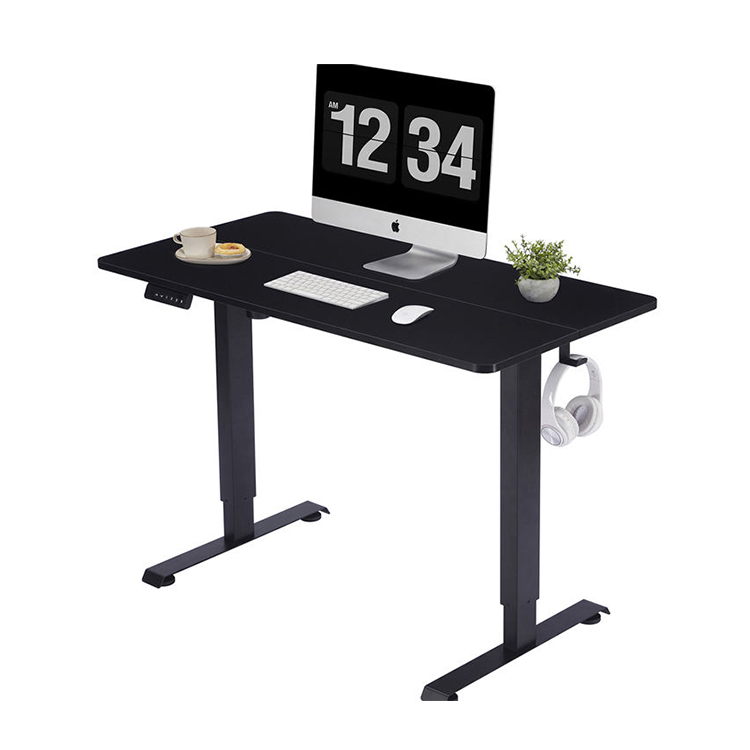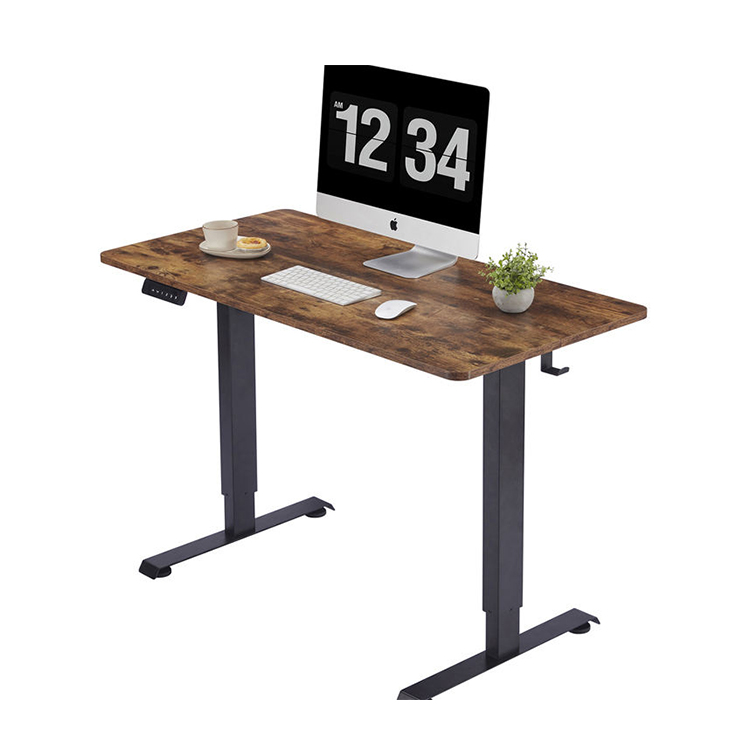How to Choose the Right Home Office Shredder: A Complete Buyer’s Guide
1. Types of Shredders: Choose the Right Cut Style
Shredders come in several different cutting styles, each offering a different level of security. Choose the right style based on the type of documents you need to protect:
Strip-Cut Shredders:
These Home Office Shredders cut paper into long, thin strips. They are usually the cheapest option, but they offer less security. For documents that don't contain sensitive information, such as general junk mail or unimportant documents, strip-cut shredders can meet the needs. However, they are not suitable for handling highly confidential documents because the strips are relatively easy to reassemble.
Cross-Cut Shredders:
These shredders cut paper into smaller particles, providing higher security than strip-cut shredders. Cross-cut shredders are a common choice for personal home offices and are able to effectively handle confidential documents and reduce the risk of leaks. Because they cut paper into pieces in multiple directions, it is more difficult to recover the original document content than strip-cut shredders.
Micro-Cut Shredders:
Micro-Cut Shredders are the most secure option on the market. They cut paper into tiny particles, usually smaller than cross-cut shredders, providing extremely high security. These shredders are suitable for those who need to strictly protect confidential data, such as sensitive documents such as financial statements and personal information. Because the fragments are very small and almost impossible to restore to their original state, they are usually used in business environments or individuals who have extremely high privacy requirements.
2. Security Level
The security level of the shredder determines the degree of privacy protection you have when handling documents. Choose the appropriate security level based on the sensitivity of the document:
Level P-1 to P-2:
These shredders have a lower security level and are usually suitable for documents that do not contain sensitive information, such as ordinary junk mail. Shredders cut paper into wide strips or larger pieces, suitable for non-confidential use scenarios.
Level P-3 to P-5:
These security levels are suitable for most home office needs and can effectively protect most documents containing personal information. Shredders cut paper into smaller particles, suitable for general privacy protection needs.
Level P-6 to P-7:
This is the most stringent security level and is suitable for highly confidential documents such as company financial statements, legal documents, medical records, etc. These shredders cut paper into extremely small particles that are almost impossible to restore to their original state and are widely used to handle highly sensitive information.
3. Shredder Capacity: Sheets per Pass
The "single pass" of a shredder refers to the number of sheets it can process each time, which directly affects work efficiency:
Low-Capacity Shredders (up to 6 sheets):
Suitable for home use or light shredding needs. If you only need to process a few pages of less important documents occasionally, a low-capacity shredder will meet your needs. These shredders are usually cheaper and suitable for light daily use.
Medium-Capacity Shredders (6 to 15 sheets):
Suitable for home offices or small businesses. Medium-capacity shredders can effectively handle larger amounts of paper and are suitable for moderate frequency use. They can efficiently handle documents that need to be destroyed regularly, but they do not take up as much space as high-capacity shredders.
High-Capacity Shredders (15+ sheets):
If you are a large company or a home office user who frequently shreds a large number of documents, a high-capacity shredder is appropriate. High-capacity shredders can process more paper at a time, which is suitable for users who need to process a large number of documents quickly and efficiently.
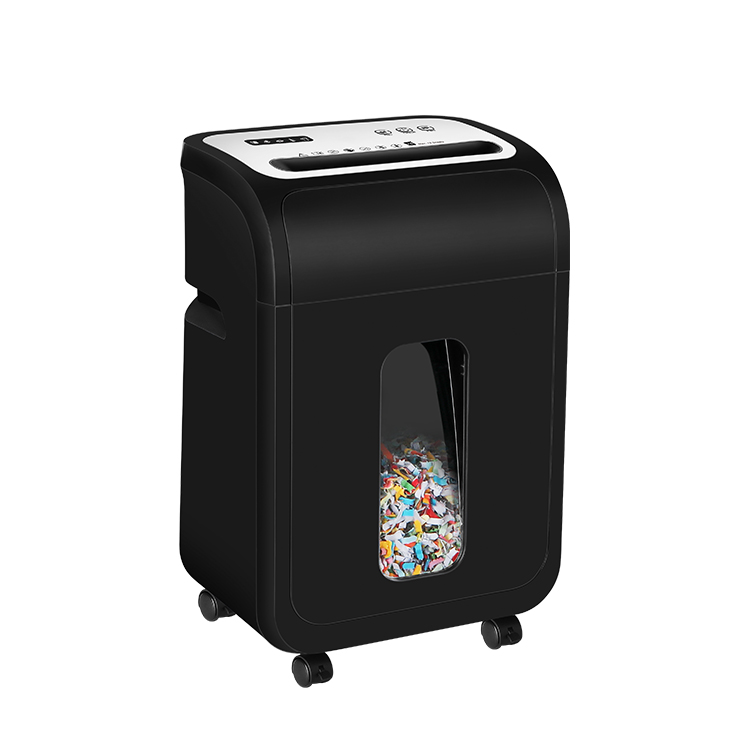
4. Bin Size and Waste Management
The size of the waste bin also determines how often you need to clean it after each use of the shredder. Larger waste bins reduce the frequency of emptying the bin, but also take up more space:
Smaller Bins (5–8 gallons):
Suitable for home users or light users. They don't take up much space, but if you need to process documents frequently, you need to clean them frequently. Suitable for situations where shredding is not necessary frequently.
Larger Bins (10–20 gallons):
For most home offices or people who need to shred paper regularly, large waste bins are a better choice. They can hold more paper and reduce the need for frequent cleaning, especially for home offices with medium to high frequency of use.
Some shredders also come with pull-out waste bins, making waste paper removal more convenient; others use trash bags that need to be replaced manually.
5. Shredder Speed
The speed of the shredder directly affects how efficiently you can complete the shredding work. The speed of the shredder is usually measured in "how many pages are processed per minute", which is measured in ft/min (feet per minute). Choose the right speed based on your frequency of use and the amount of documents you have:
Standard Speed:
Usually 5 to 10 feet per minute, suitable for less frequent use. For home users who occasionally process a few pages of documents, this speed is enough.
High-Speed:
High-speed shredders can process more than 12 feet of paper per minute, suitable for home offices or small business users who need to process a large number of documents quickly. High-speed shredders can significantly improve work efficiency and reduce shredding time.
6. Noise Level
The noise level of the shredder is also a factor to consider, especially in a home office. If you have conference calls or need to maintain a quiet work environment, a low-noise shredder is a better choice.
Low-noise shredder:
Shredders that make less than 70 decibels are generally quieter and suitable for home offices, avoiding interference with your daily work.
High-noise shredder:
If you choose a high-capacity or high-speed shredder, these machines will generally make louder noises. For noise-sensitive work environments, you may need to pay special attention to the noise level.
7. Safety Features
The safety features of the shredder are particularly important for home offices, especially if there are children or pets around. Many modern shredders are equipped with automatic shutdown, overload protection, and anti-pinch technology:
Automatic shutdown function:
When the shredder detects a paper jam or excessive use, it will automatically stop working to avoid mechanical damage and improve safety.
Anti-pinch technology:
Many shredders are equipped with a "anti-pinch" design to prevent the user's hand from contacting the blade, reducing the risk of accidental injury.
8. Durability and Warranty
Durability is an important factor to consider when buying a shredder. The quality of the shredder directly affects its lifespan, and most brands offer a warranty period of 1 to 5 years. Choosing a durable shredder with a long warranty can help reduce the risk of future failures.
Material and Quality:
Make sure the shredder is made of high-quality materials, especially the blades. Metal blades are generally more durable than plastic blades.
Warranty:
Many brands offer different lengths of warranty, ranging from 1 to 5 years. Premium brands usually offer longer warranties to ensure long-term reliability.
9. Price Range
The price range of shredders varies depending on factors such as brand, features, and cutting method. Here are the basic price categories:
Budget Shredders:
Prices range from $20 to $100, suitable for personal users or light shredding needs. Usually strip-cut or low-capacity cross-cut shredders.
Mid-Range Shredders:
Prices range from $100 to $300, offering better security, larger capacity, and more features. Suitable for home offices or small businesses.
High-End Shredders:
Prices range from $300 to $600, usually with high security, high capacity, and additional features such as low noise, automatic shutdown, etc. These shredders are suitable for large-scale offices or users who need to handle highly sensitive documents.
10. Additional Features to Consider
In addition to the basic features, there are some additional features to consider when choosing a shredder to enhance the user experience:
Anti-Paper Jam Technology:
Some shredders are equipped with an anti-jam feature to ensure that the machine will not jam due to excessive or heavy paper.
Energy-saving design:
Some shredders have an automatic sleep or automatic shutdown function to help save energy, especially when not in use for a long time.
Handling other materials:
If you need to shred more than just paper (such as credit cards, CDs, staples, etc.), some advanced shredders can handle these materials at the same time, increasing the shredder's versatility.

 English
English русский
русский Español
Español Deutsch
Deutsch عربى
عربى
 0
0

